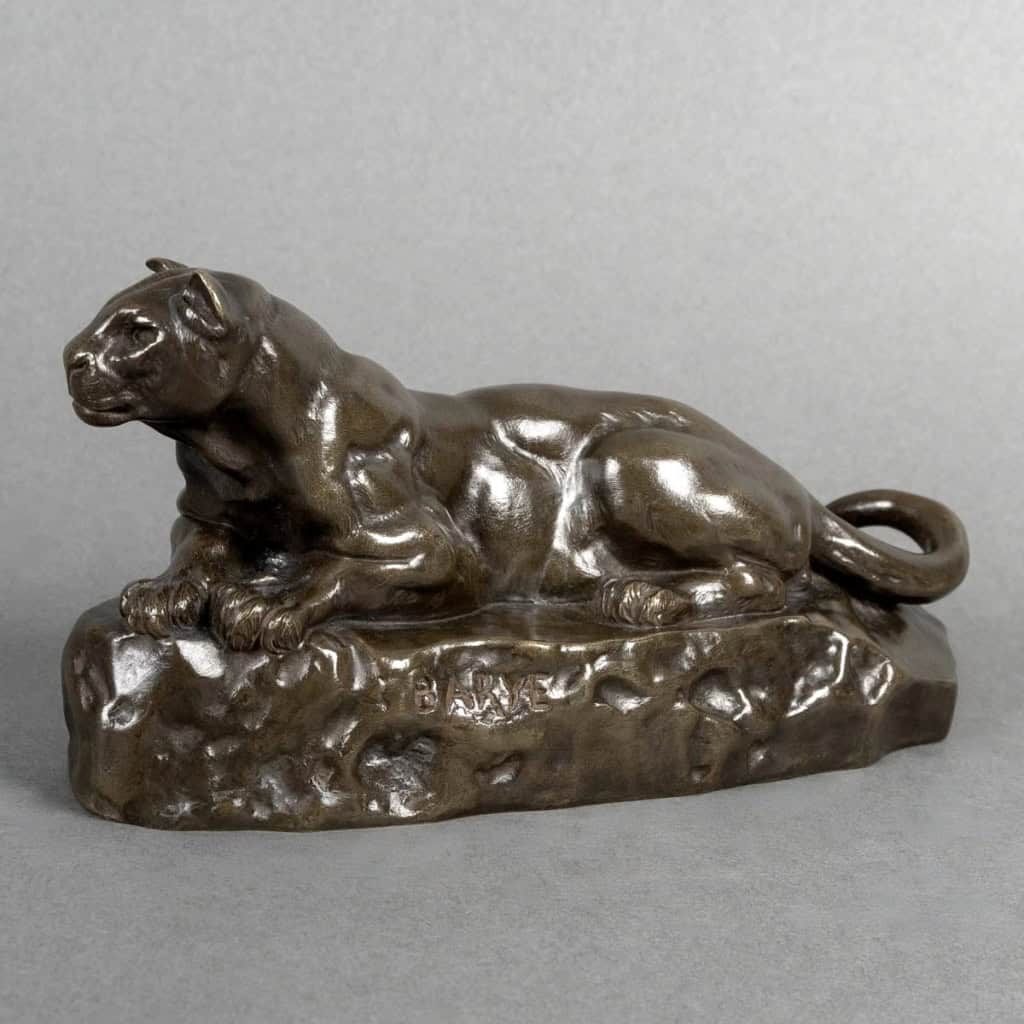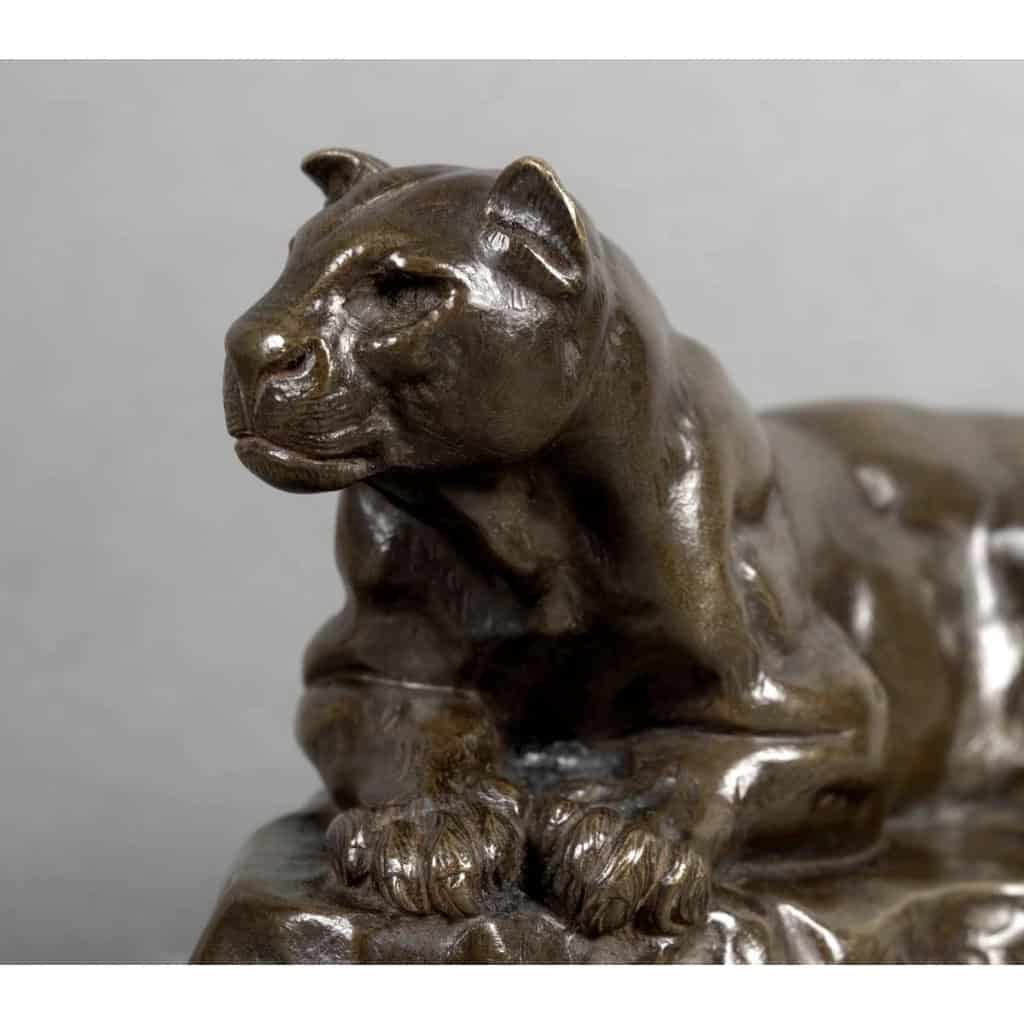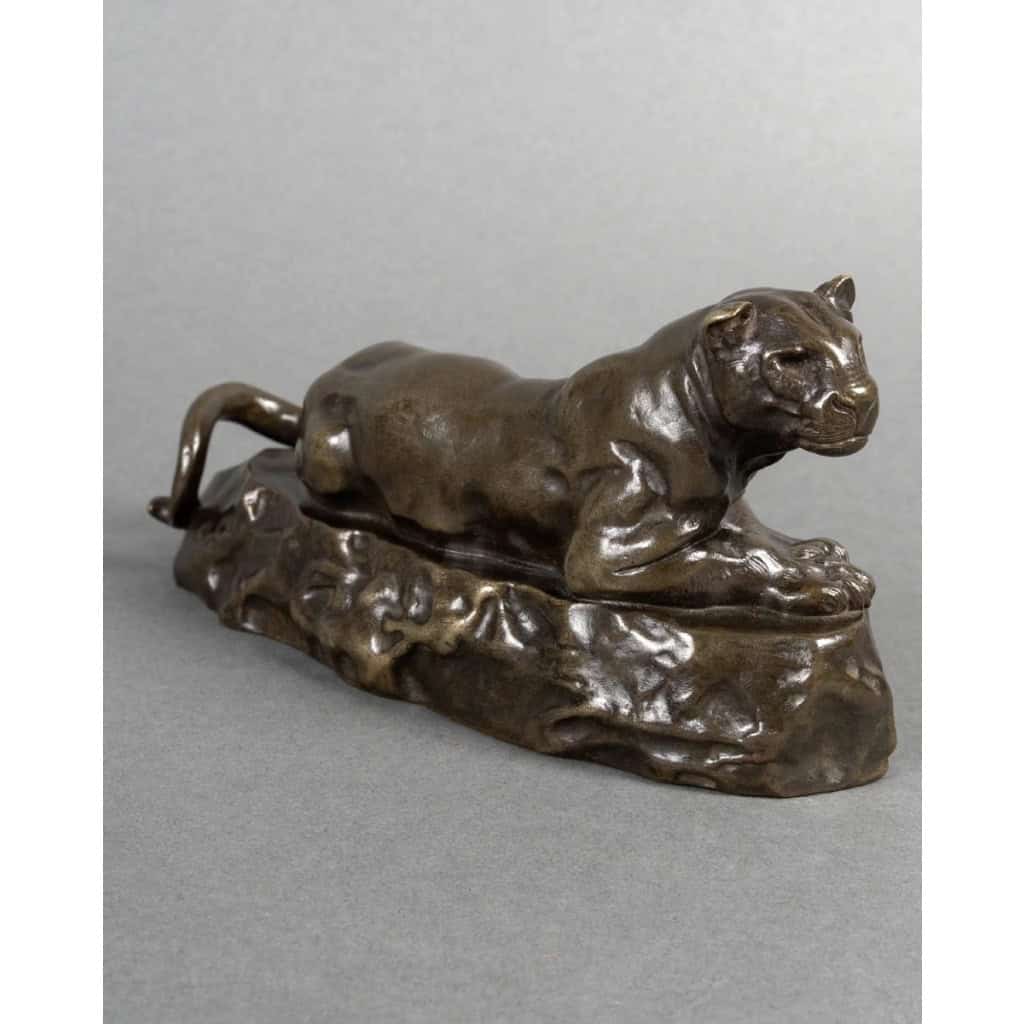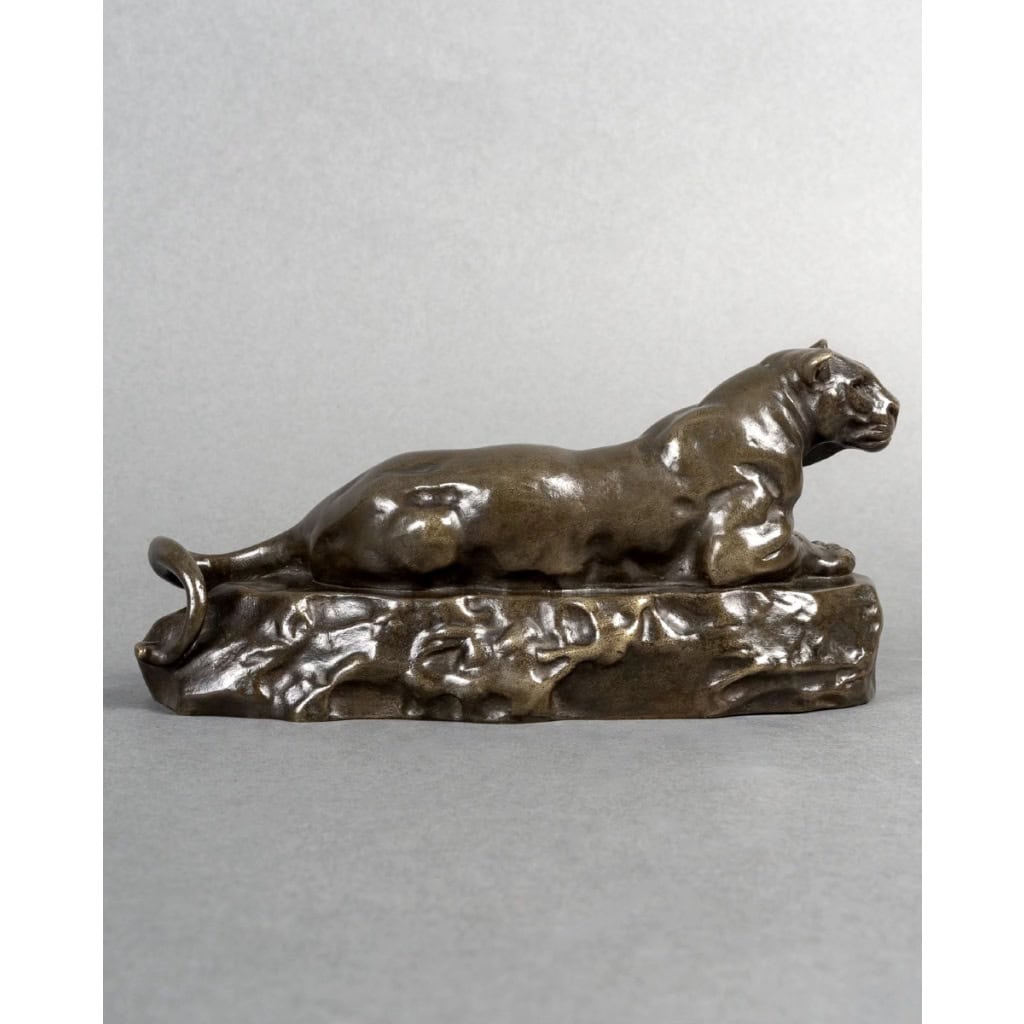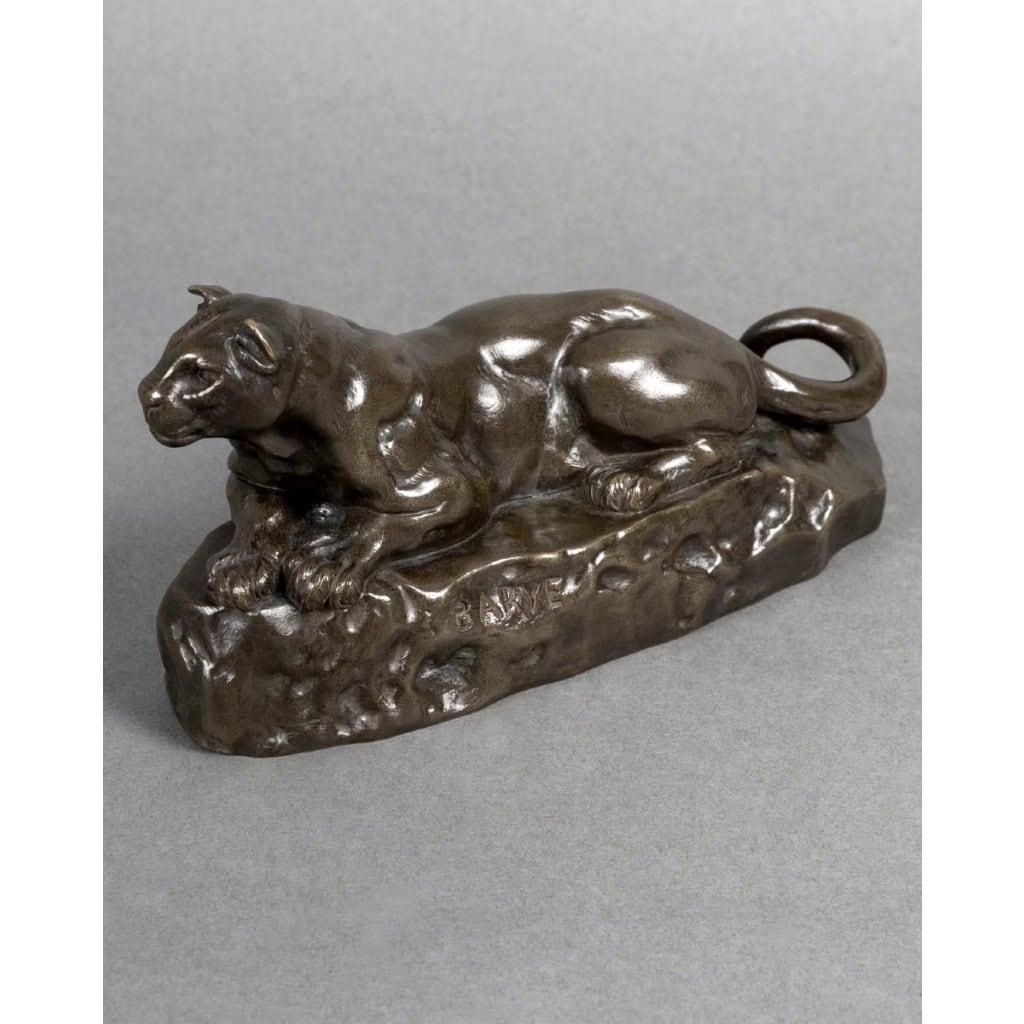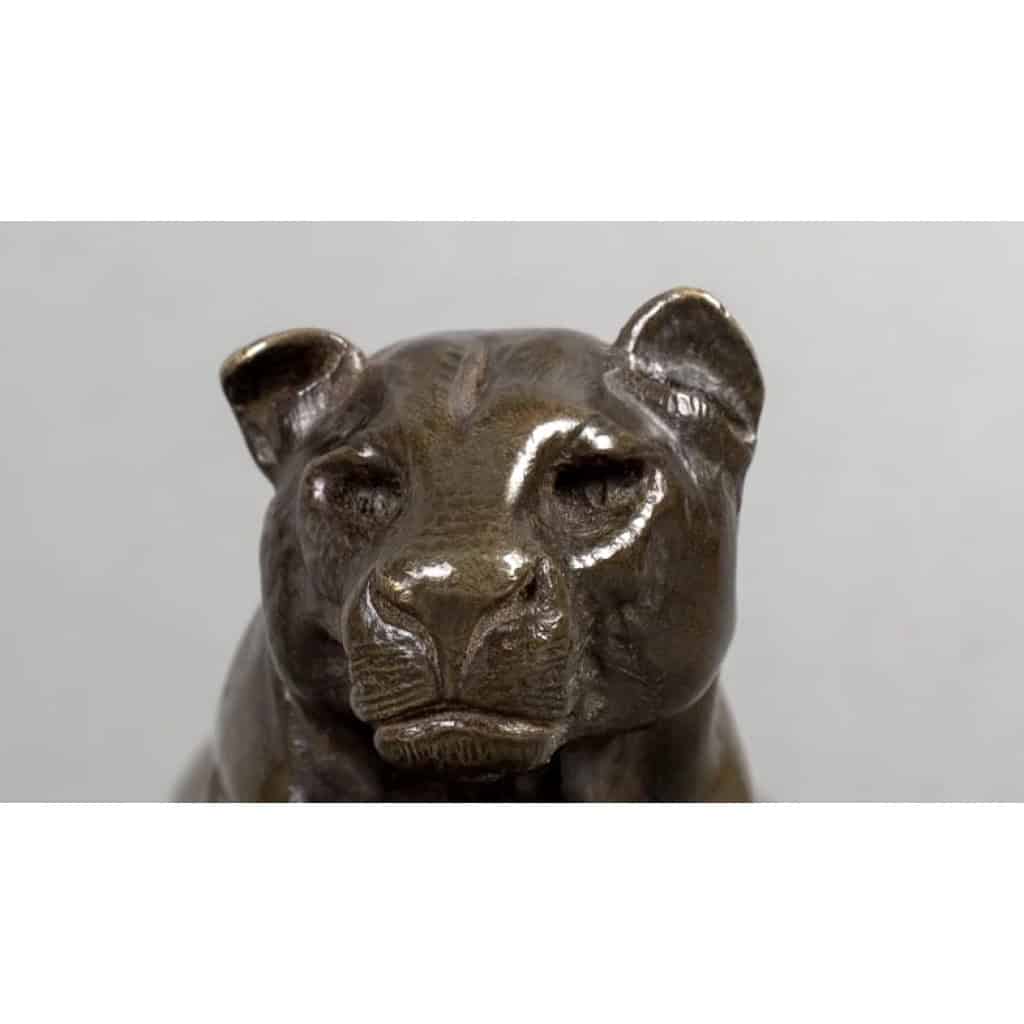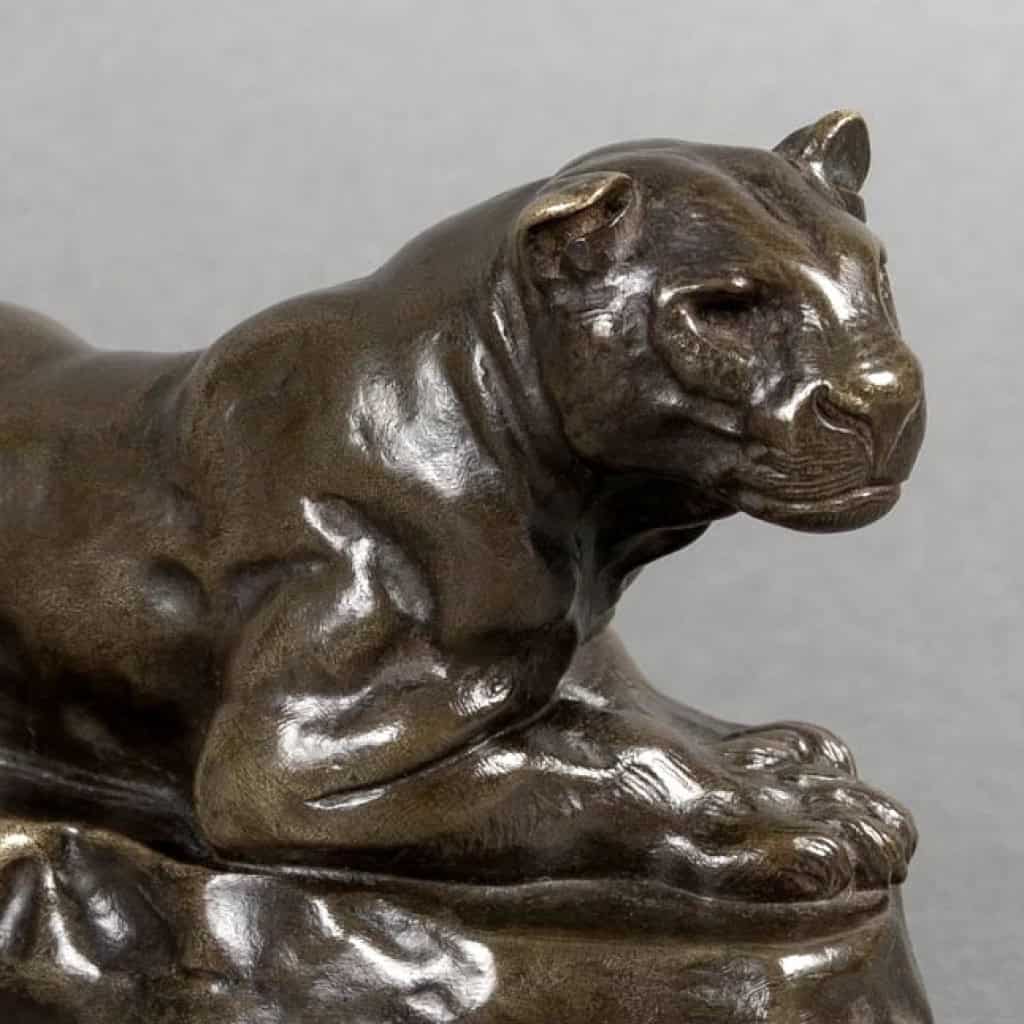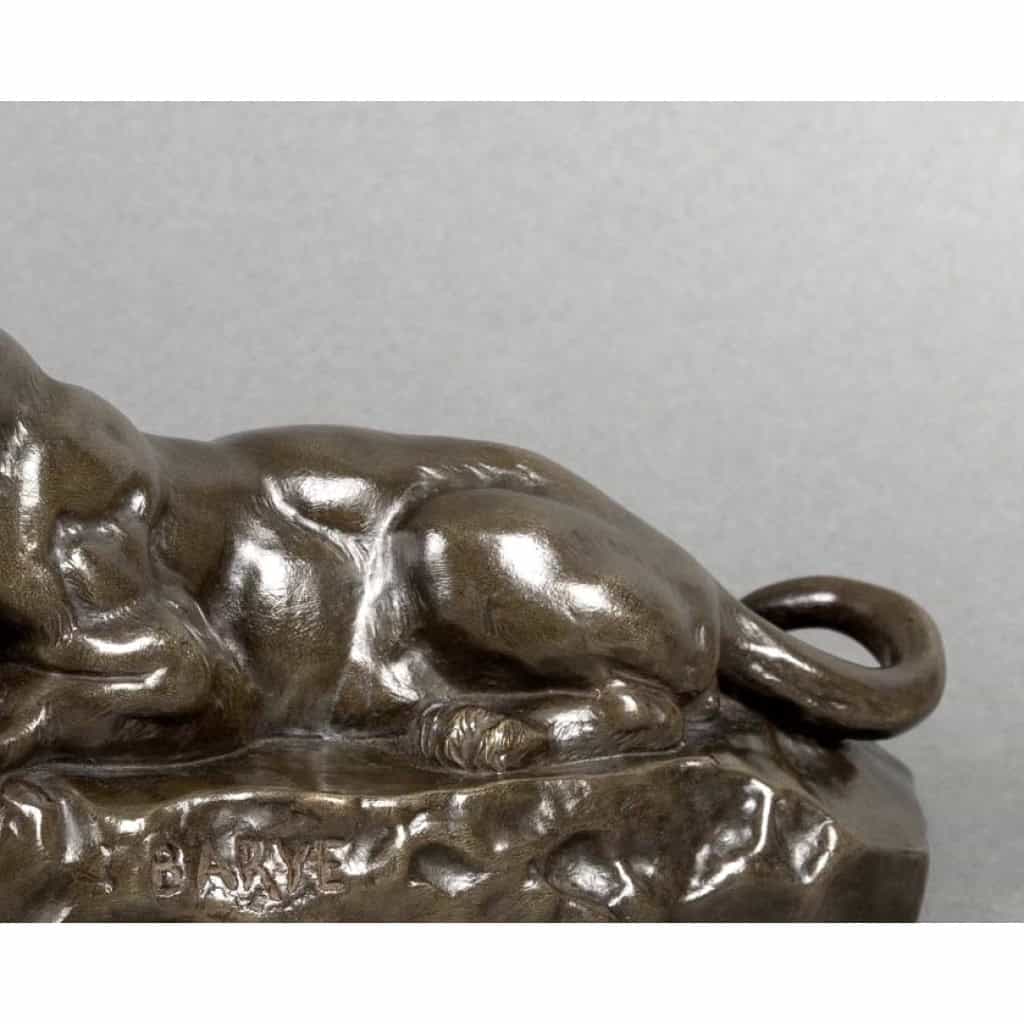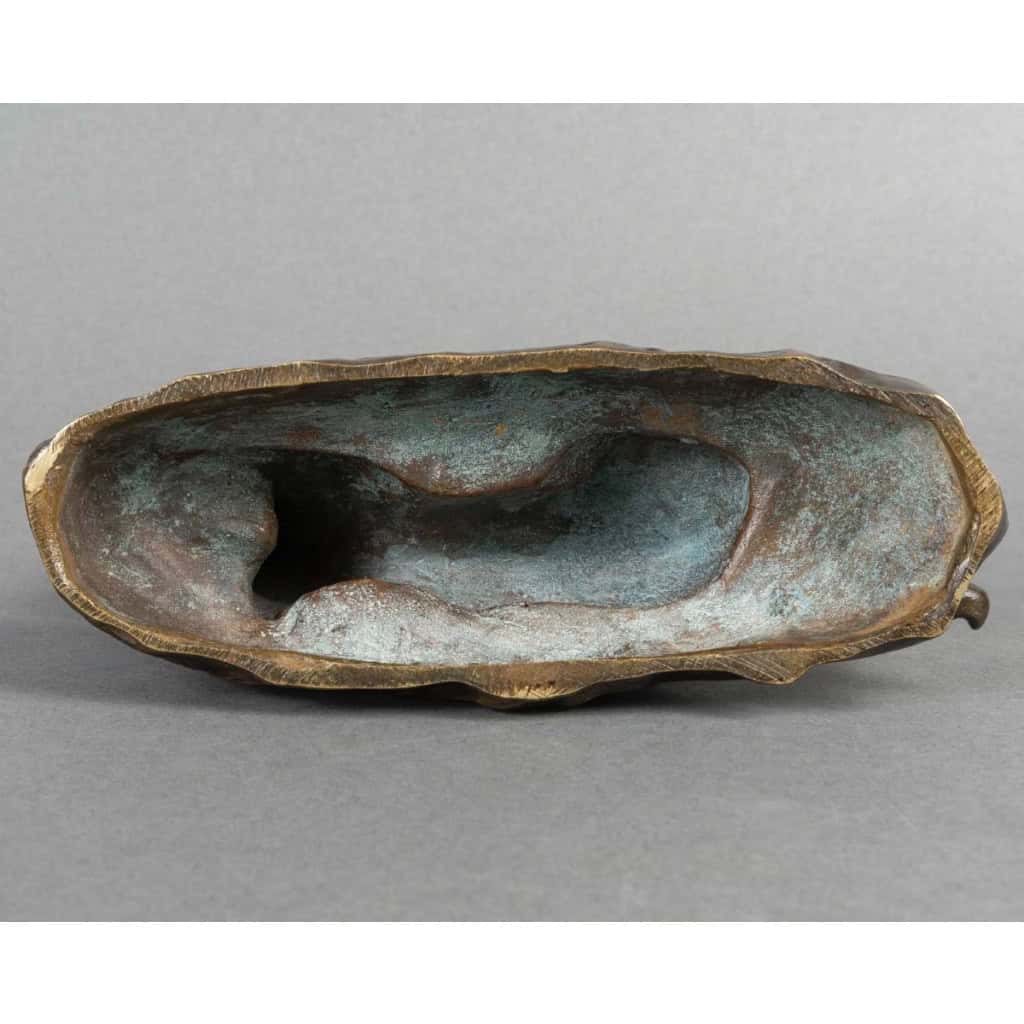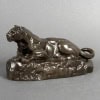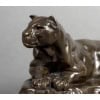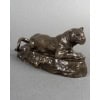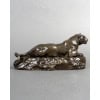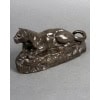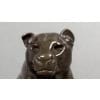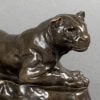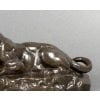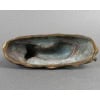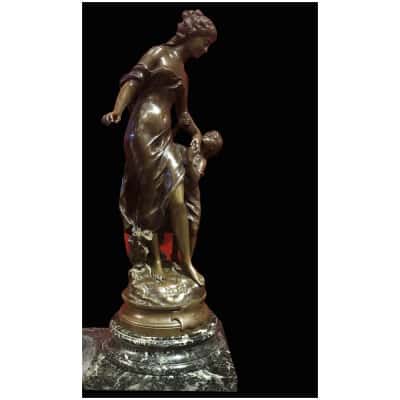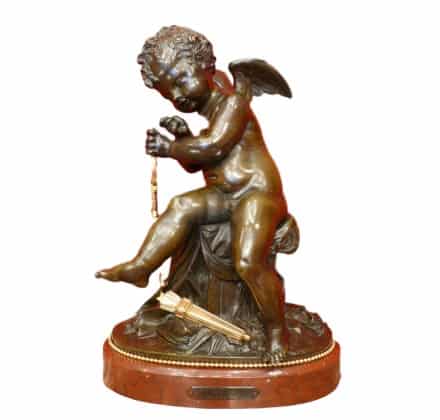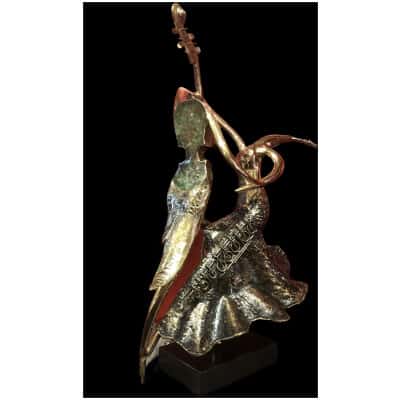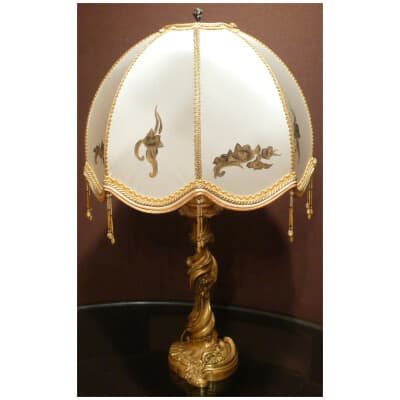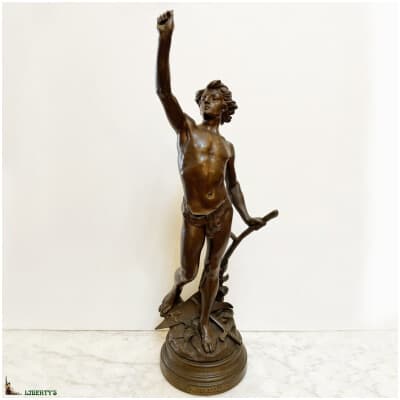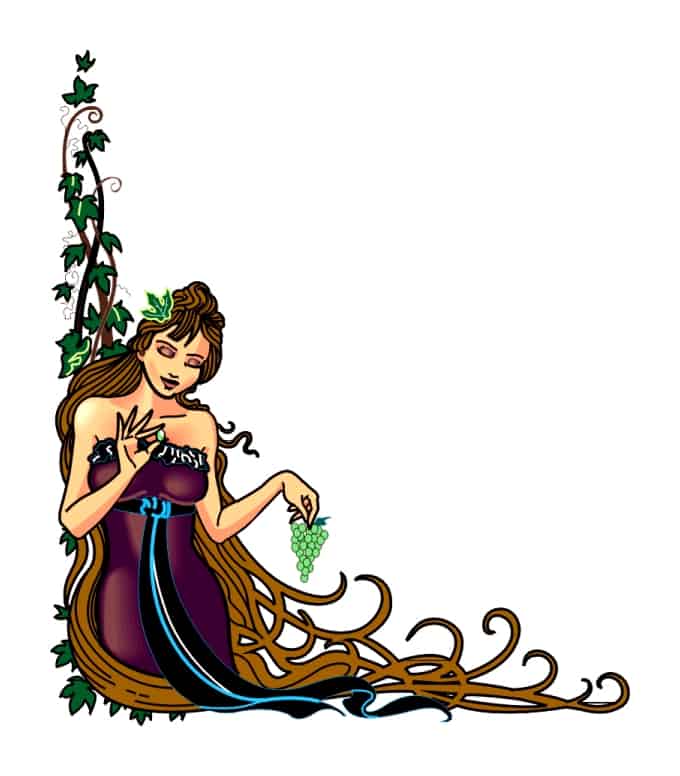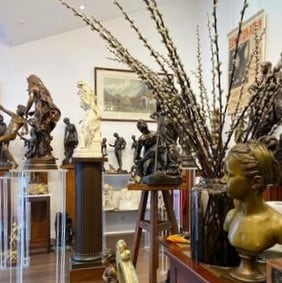
CaTaLogUE Des PucEs
Sculpture – Panthère de Tunis N°2 , Antoine – Louis Barye (1795-1875) – Bronze
Disponibilité :
EN STOCK€1.600,00
Épreuve en bronze à patine brun vert , représentant une panthère « Panthère de Tunis N°2 » , Antoine – Louis Barye (1795-1875) .
La panthère figure au repos , observant l’horizon , elle est tapie sur une terrasse naturaliste figurant un rocher .
Le caractère majestueux de la panthère est ici mis en avant .
Autant de réalisme n’est pas dû au hasard.
En effet , Antoine – Louis Barye connaît parfaitement l’anatomie animale.
Le sculpteur a révolutionné la manière de représenter les animaux.
Pour lui , ils ne sont plus des symboles politiques ou encore des attributs mythologiques , ils deviennent au contraire , le sujet unique , l’animal en tant que tel et rien d’autre.
Cette vision du sujet a permis à Antoine – Louis Barye de créer des œuvres uniques , imprégnées d’élégance et de naturalisme.
Bronze signé « BARYE » en creux , sur la terrasse naturaliste , richement ciselée .
Sculpture d’édition ancienne , période seconde partie du XIX ème siècle .
Parfait état de conservation et de patine .
Dimensions : 9.5 cm x 18 cm
Bronze proof with greenish-brown patina , representing a panther « Panther of Tunis No. 2 » , Antoine – Louis Barye (1795-1875). The panther is shown at rest , observing the horizon , it is crouching on a naturalistic terrace representing a rock .
The majestic character of the panther is highlighted here .
So much realism is not due to chance.
Indeed , Antoine – Louis Barye knows animal anatomy perfectly.
The sculptor revolutionized the way of representing animals.
For him , they are no longer political symbols or mythological attributes , on the contrary , they become the unique subject , the animal as such and nothing else.
This vision of the subject allowed Antoine-Louis Barye to create unique works , imbued with elegance and naturalism.
Bronze signed « BARYE » in hollow, on the naturalist terrace , richly chiseled .
Old edition sculpture , period second part of the 19th century .
Perfect state of conservation and patina .
Dimensions : 9.5 cm x 18 cm

Antoine – Louis Barye (1795-1875)
Célèbre pour ses sculptures animalières , Antoine – Louis Barye est un fils d’orfèvre , qui se forme au travail des métaux , chez un équipementier militaire et chez Jacques-Henri Fauconnier .
En 1818 , il entre à l’ École des Beaux-Arts de Paris et fait son apprentissage dans l’Atelier du sculpteur François Joseph Bosio et du peintre Jean-Antoine Gros .
Après plusieurs échecs au Grand Prix de Rome , Antoine-Louis Barye claque la porte des Beaux-Arts en 1825 .
Il s’oriente ensuite vers la sculpture animalière qu’il va remettre au goût du jour .
Avec son ami Delacroix,il se rend régulièrement à la ménagerie du Muséum d’Histoire Naturelle
pour étudier et observer les animaux .
C’est en 1831 que Barye se fait connaître du grand public en exposant au Salon » LeTigre dévorant un gavial » (Louvre) , œuvre mettant en scène un violent combat » d’une impressionnante virtuosité « .
Deux ans plus tard, il triomphe avec » Le Lion au Serpent » (plâtre) , qui sera également exposé avec succès dans sa version en bronze lors du Salon de 1836 .
Préférant le bronze au marbre jugé trop froid , l‘artiste multiplie les statuettes et les petits groupes animaliers qu’il fond et cisèle lui-même .
Antoine – Louis Barye meurt à l’âge de 80 ans , laissant derrière lui une importante production de dessins , aquarelles et peintures ainsi que des sculptures , pièces d’orfèvrerie .
Ses œuvres sont visibles aux Musées du Louvre et d’Orsay .
Antoine – Louis Barye (1795-1875)
Famous for his animal sculptures , Antoine-Louis Barye is a silversmith’s son , who is trained in metalwork with a military equipment manufacturer and Jacques – Henri Fauconnier.
In 1818 , he entered the Paris School of Fine Arts and apprenticed in the studio of sculptor François Joseph Bosio and painter Jean-Antoine Gros .
After several failures at theThe Grand Prix of Rome , Antoine-Louis Barye slammed the door of the Fine Arts in 1825 .
He then turned to animal sculpture which he would bring back up to date .
With his friend Delacroix , he goes regularly to the menagerie of the Natural History Museum to study and observe animals .
It was in 1831 that Barye made himself known to the general public by exhibiting » The Tiger Devouring a Gavial » (Louvre) at the Salon , a work staging a violent fight « of impressive virtuosity ».
Two years later , he triumphed with « The Lion and the Snake » (plaster) , which was also successfully exhibited in its bronze version at the Salon of 1836 .
Preferring bronze to marble considered too cold , the artist multiplied statuettes and small groups animals,that he melts and chisels himself .
Antoine – Louis Barye died at the age of 80 , leaving behind an important production of drawings , watercolors and paintings as well as sculptures , pieces of goldsmith’s work .
His works can be seen at the Louvre and Orsay Museums .
Disponibilité :
EN STOCK| Lieux | |
|---|---|
| Siècle | |
| Style | |
| Type d'Objet |
